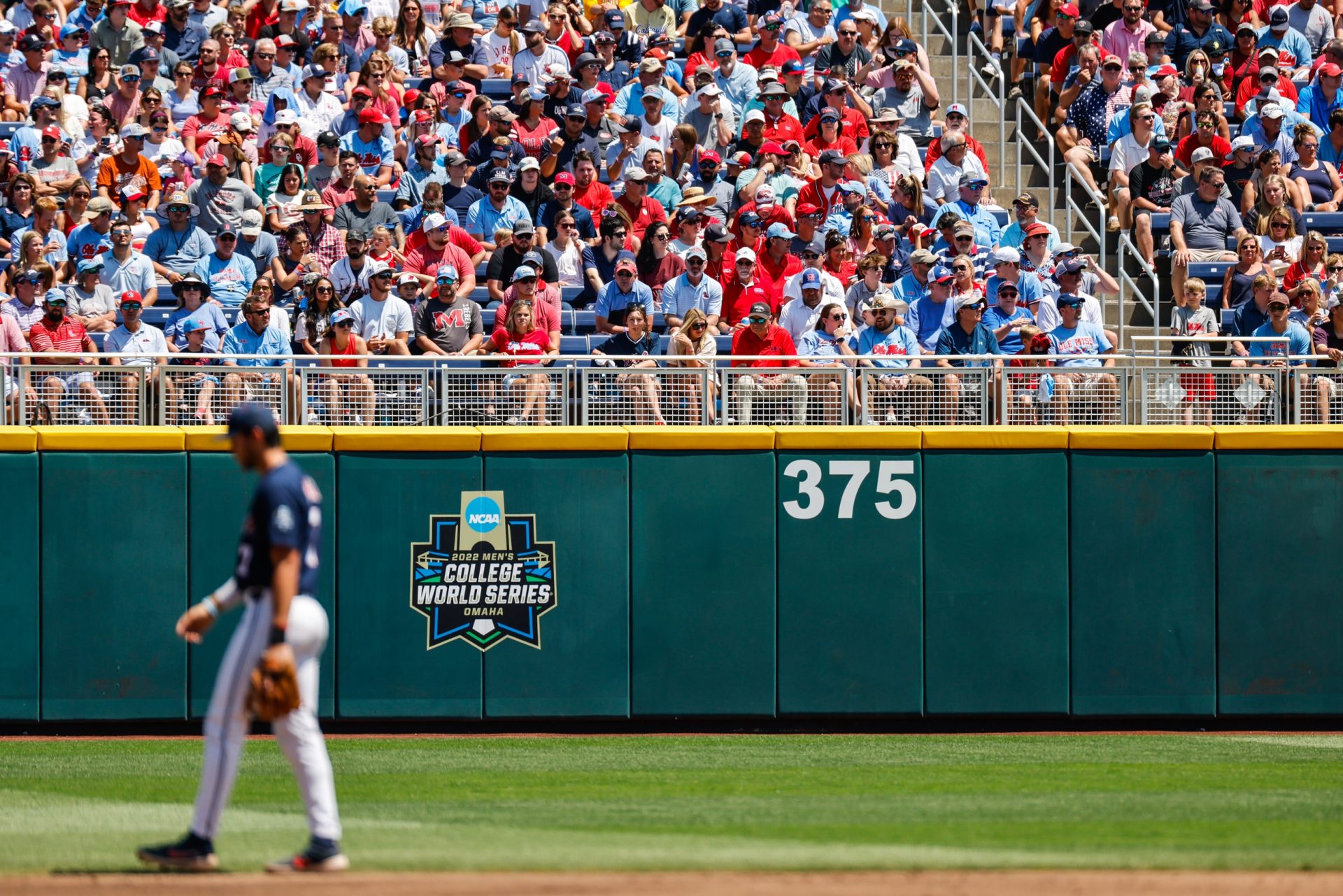Redshirting in collegiate baseball is more than just a backup plan; it’s a strategic decision. From rehabilitation to preparation, redshirting allows student-athletes to progress both on and off the field.
Understanding how redshirting works throughout Division I, II, and III has never been more crucial, especially as the NCAA’s rules evolve.

Redshirting in College Baseball: What It Means for Players in 2025
Redshirting occurs when a student-athlete delays participation in official games for a season to maintain one year of NCAA eligibility.
This allows players to progress physically, academically, and athletically without compromising one of their four seasons of eligibility.
Types of Redshirts
- Standard Redshirt: The athlete doesn’t appear in any games during the season.
- Medical Redshirt: A player who suffers an injury after playing in less than 30% of the season can apply for a medical hardship waiver to retain that year of eligibility.
- Academic Redshirt: Applies mostly in DI for athletes who meet school admissions but not NCAA academic requirements; they can practice but not compete during their first year.
DI Baseball Redshirts and Eligibility Timelines
- Five years to complete four seasons of play.
- Redshirt years (including medical) allow athletes to spread those seasons over that five-year clock.
- Participation limit: Appearing in even one pitch of a game typically uses a season unless covered by a hardship waiver.
The NCAA is considering extending eligibility to five complete seasons, which would significantly change redshirting techniques at the Division I level.
Meanwhile, roster caps (34 players) and scholarship reform could improve competition, making redshirting more selective.
DII & DIII Baseball Redshirts and Eligibility Timelines
Division II:
- Athletes also get 4 seasons in 10 semesters (or 15 quarters).
- Redshirt rules are similar, but DII allows a bit more flexibility on academic pacing.
- Medical redshirts and hardship waivers are common due to smaller rosters.
Division III:
- DIII follows the same 10-semester / 15-quarter rule.
- No athletic scholarships are awarded in DIII, so redshirting often focuses on balancing academics and athletics.
- Players can self-designate a redshirt year by simply not competing, with no formal declaration required unless applying for a medical waiver.
Although DIII offers more flexibility, the NCAA is considering unifying some redshirt and eligibility criteria across divisions to decrease confusion and ensure fairness.
Benefits of Redshirting
- Skill Development: Extra time to hone skills and adapt to college-level play.
- Physical Maturity: Opportunity to build strength and recover from injuries.
- Academic Adjustment: Time to acclimate to academic demands without the pressure of competition.
Also Read: Is There Instant Replay in College Baseball? Breaking Down Replay Rules
Redshirting is still an essential strategy in collegiate baseball, giving players time to develop and adjust. With looming NCAA regulations, players, coaches, and recruits must understand the effects of redshirting as they navigate the constantly evolving environment of college athletics.
College Sports Network has you covered with the latest news, analysis, insights, and trending stories in football, men’s basketball, women’s basketball, and baseball!

